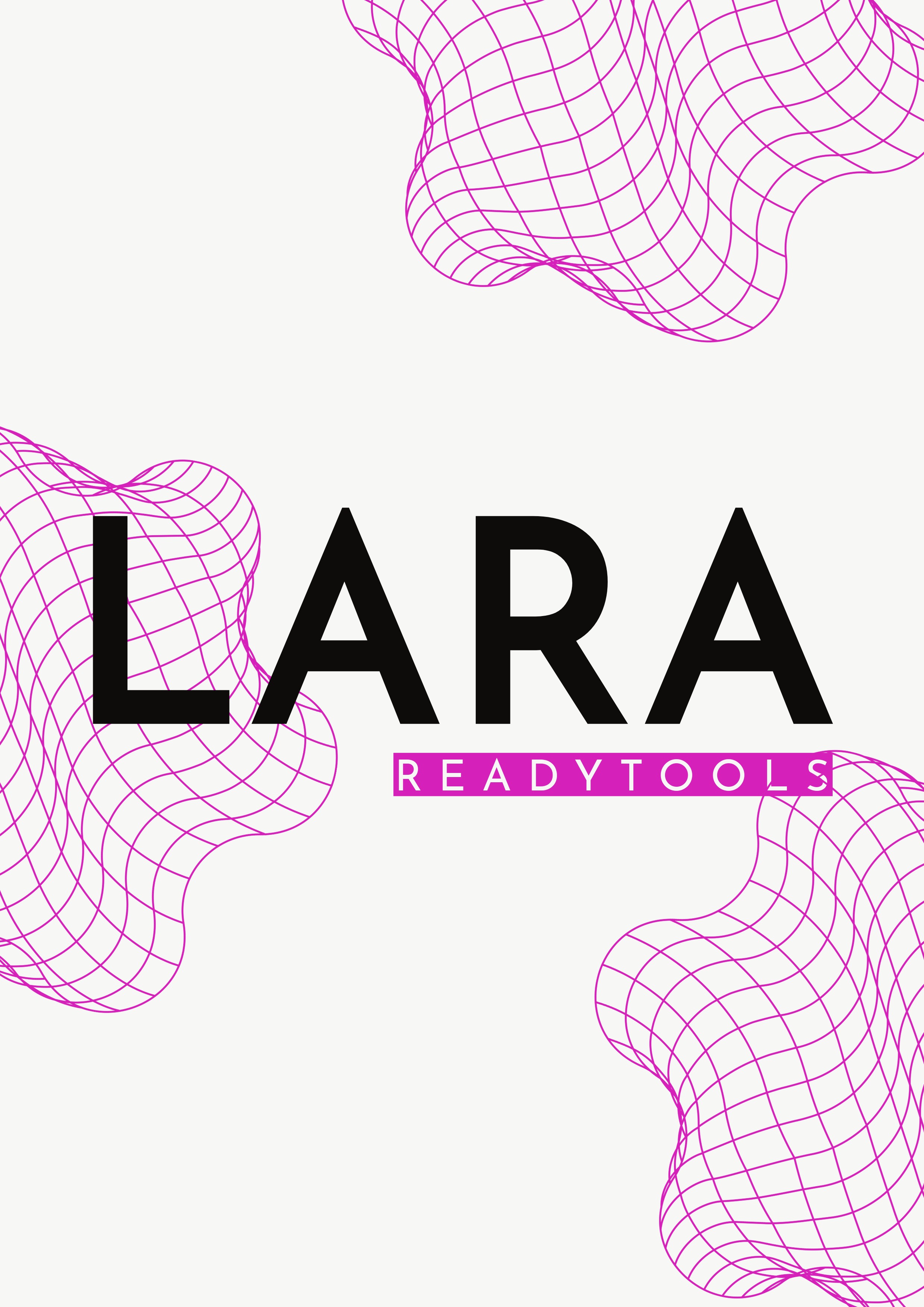Responsive strategies in CSS
The goal of responsive web design is for websites to look good on every device, whether it is a mobile phone, tablet, or desktop computer. To achieve this, different strategies are applied, such as flexible grids, fluid layouts, and media queries.
Using media queries
With media queries, CSS rules can be adjusted to different screen sizes. For example, different styles can be applied to screens under 768px than on larger displays.
In this example, the text size changes depending on the screen width.
Fluid layouts and containers
Fluid layouts use percentage widths or maximum widths for content, so it always adapts to the screen size. A container centers and structures the content.
In this example, the content always stays centered while flexibly adjusting to different screen sizes.
Tips for responsive strategies
When applying responsive design, readability, performance, and accessibility should always be considered.
- Use a mobile-first approach, optimizing for smaller screens first, then scaling up.
- Test the site on different devices and browsers to ensure it works everywhere.
- Avoid excessive use of fixed pixel values, prefer relative units and percentages instead.
✨ Ask Lara — your AI study partner
Unlock personalized learning support. Lara can explain lessons, summarize topics, and answer your study questions — available from the Go plan and above.
Lara helps you learn faster — exclusive to ReadyTools Go, Plus, and Max members.


